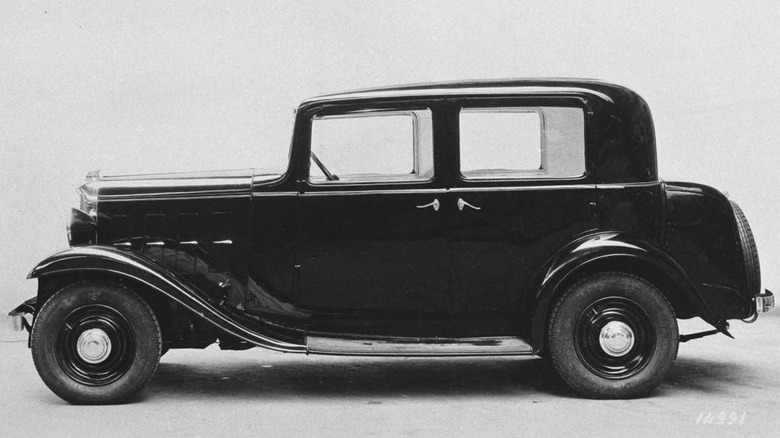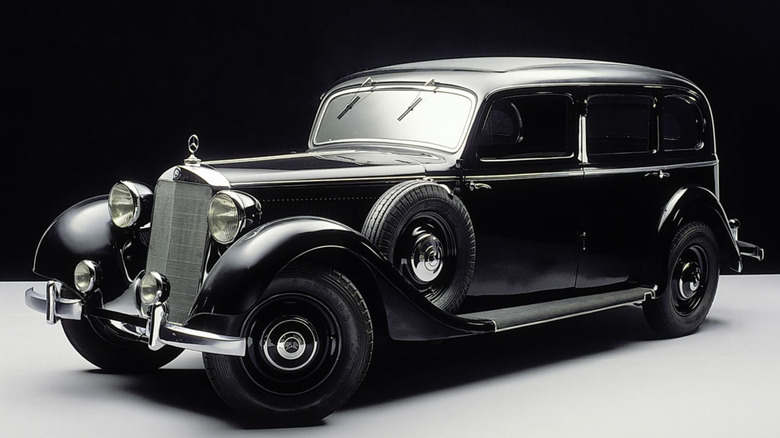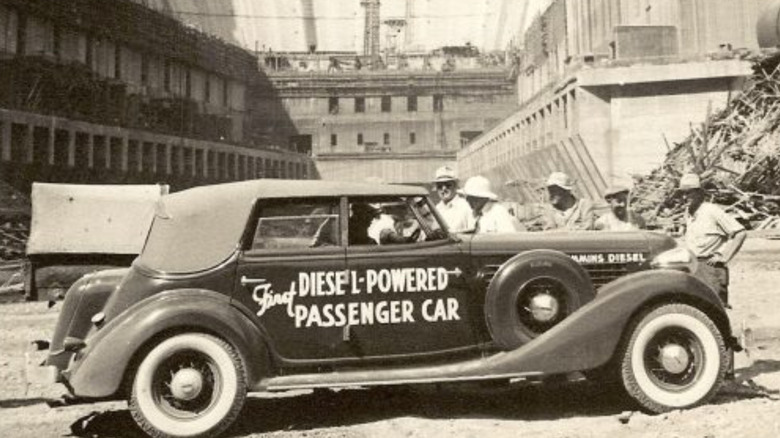What Was The First Car With A Diesel Engine & Which Manufacturer Made It?
We may receive a commission on purchases made from links.
Diesel engines were revolutionary as far as modes of propulsion go, but they were not used in cars for quite some time. Even though the first diesel engine came about in the 1890s, they were not put in cars for quite a few decades. The first use of diesel engines in motor vehicles came out to be in tractors and trucks in the 1920s. Their efficiency was unquestionable with large trucks and tractors, but they were yet to be put in a passenger vehicle. Even though they produce quite a bit of torque, they were still pretty crude and heavy to be put into a passenger car.
The diesel engine was invented by Rudolf Diesel, who filed the first patent for his invention in 1892. The engine took quite a few years to become a reliable source of propulsion, but they soon started to appear in the shipping industry. Then came trains, and eventually they were being put in motor vehicles. While trucks and farm equipment like tractors had already started to use diesel engines, the first ever car to get a diesel engine option was the Citroën Rosalie. This was the first production passenger car to feature a diesel engine.
The History of this engine is quite interesting. The engine was built by Sir Harry Ralph Ricardo, who was the creator of Ricardo engineering and had quite a bit of experience building diesel tank engines under his belt. He helped Citroën with building this engine and Citroën built only a handful of them, with the official showcase of the diesel Rosalie in 1936 at the Paris Auto Show. Information is quite scarce on this model, but this is still considered as the first production model to offer a diesel engine.
The first series production car with a diesel engine
While Citroën was the first to have the first ever passenger diesel car, Mercedes-Benz were the first ones to bring out a series-production car with a diesel engine. This was the Mercedes-Benz 260D. It was showcased at the 1936 Berlin Auto Show and featured a 2,545cc four-cylinder diesel engine which featured a Bosh diesel fuel injection system. It produced 45 bhp at 3,200 rpms and could achieve a top speed of 60 mph. There were around 1,967 units of the 260D produced in various body shapes until 1940.
The 260D was massively successful, not only with private buyers but also with taxi businesses. The vehicle had a range of around 400 kilometers (around 248.5 miles) on a single tank of fuel. This later improved to 500 kilometers (310 miles) on a single tank, which was big for the time. Mercedes-Benz kept improving this vehicle over the years. It also got electrically heated glow plugs in 1938 which made it easy to start in the winter. The track was made wider, it was fitted with dual action shock absorbers and a four-speed transmission as well.
The interesting case of a Cummins powered Auburn
Both the models that we mentioned above were the first production and series-production diesel cars but Auburn Automotive was an American brand which explored the possibility of diesels in passenger cars and created a prototype in 1935 in collaboration with Cummins, well known for its diesel engines. They put a six-cylinder diesel engine in a 1935 Auburn, and Cummins was developing this engine to fit into passenger cars. They made the block out of aluminum to reduce weight.
Cummins fitted their engine into the Auburn with little to no modification and embarked on a journey from New York to Las Vegas, averaging around 35 mpg. They also clocked over 100 mph on the Bonneville flats. Sadly, the car got into a wreck in 1937, but the engine survived. They were going to produce eight vehicles with a diesel engine, but there were some questionable stock practices and Cummins cancelled the deal with Auburn but kept the vehicles.
The engine was later put into another Auburn 655 sedan, which was one of the eight that they had kept from the cancelled deal. This was driven until 1939 before being kept in storage. The vehicle was found again in 1974 and now resides in the Cummins Heritage Center in Columbus.


